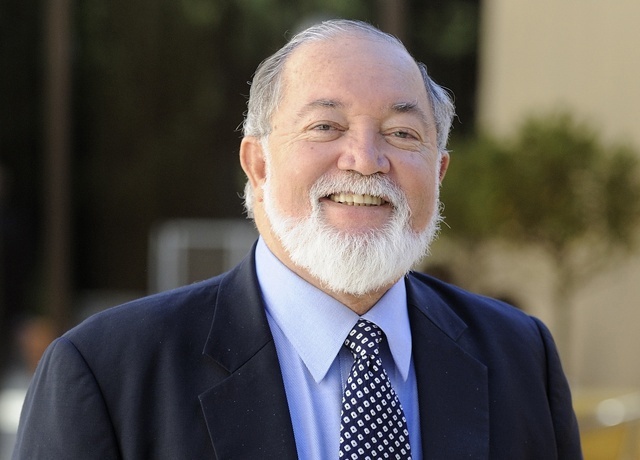October in Seychelles – a nation of 115 islands in the western Indian Ocean – is filled with colour and music as the Creole Festival is celebrated. The festival is where the people, united in diversity, celebrates its rich and unique culture and traditions.
Whilst Creole blooms in Seychelles, SNA presents seven interesting facts of the island’s history, all occurring in October.
On the 1st October of 1975,
Seychelles became a self-governing colony. The occasion was marked by a parade in the stadium in the capital city of Victoria. During the ceremony, the late Sir James Mancham was sworn in as the country’s first prime minister by Governor Colin Allan.
A crowd estimated between 5,000 and 6,000 attended the ceremony at the Popular Stadium (Stad Popiler).
(James Mancham) Photo License: CC-BY
On the 2nd October of 1972,
The Popular Stadium (Stad Popiler) in Victoria was officially opened by Princess Margaret, during the one-week celebrations to mark the bicentenary anniversary of the first arrival of settlers on Mahe in 1772.
The Princess was accompanied on her visit to Seychelles by her husband, Lord Snowdon. The stadium – today still being used for national sporting events – was built on reclaimed land.
(Salifa Karapetyan, Seychelles News Agency) Photo License: CC-BY
On the 11th October of 1979,
School children, most of them teenagers, demonstrated in Victoria against the proposed National Youth Service. The protests continued the following day when hooligans who infiltrated the protestation committed acts of sabotage, looting and arson.
The National Youth Service opened in 1981 and was closed in 1998.
(Micheal Sabadin) Photo License: CC-BY
On the 12th of October of 1862,
An avalanche occurred after torrential downpours during two continuous days caused extreme devastation in Victoria. Families who lost their homes took refuge ar the Anglican church of St.Pault
Masses of earth and rock from the Trois Freres Mountains collapsed on the town of Victoria, filling up a body of water to create a large playing field which became the Gordon Square (today known as Freedom Square). Eighty people perished in the calamity.
(Wikipedia) Photo License: CC0
On the 13th October of 1883,
Marianne North – the famous English painter and globe trotter – arrived in Seychelles. During her three month sojourn, North visited many places on Mahe – the main island – as well as on Praslin – the second most populated island – where she made paintings of forest and coastal sceneries.
North also visited the Christian Missionary Society Institution (Venn’s Town) for children of liberated slaves at Sans Soucis where she made a magnificent painting of the establishment. One of the endemic timber trees that grew there, Kapisen, was named after her- Northea Seychellarum.
Forty-three of her paintings are on display at the Natural History Museum in Victoria and a gallery of her paintings can also be viewed at the Kew Gardens in London.
(Wikipedia) Photo License: CC0
On the 19th October of 1964,
The first batch of coir fibre was produced by a privately-owned coir factory on Mahe. In December of the same year, the first shipment of coir fibre from the factory was exported abroad.
The factory which was located at Les Mamelles employed about 100 people. Coir fibre was primarily used in mattresses.
(Joe Laurence, Seychelles News Agency) Photo License: CC-BY
On the 28th October of 1992,
The Mize Koko at Val de Près, Au Cap was opened by the late Minister Danielle Jorre de St Jorre during the 7th Creole Festival.
The Mize Koko contains assorted items made from a variety of materials obtained from the coconut tree.
(Joe Laurence, Seychelles News Agency) Photo License: CC-BY

